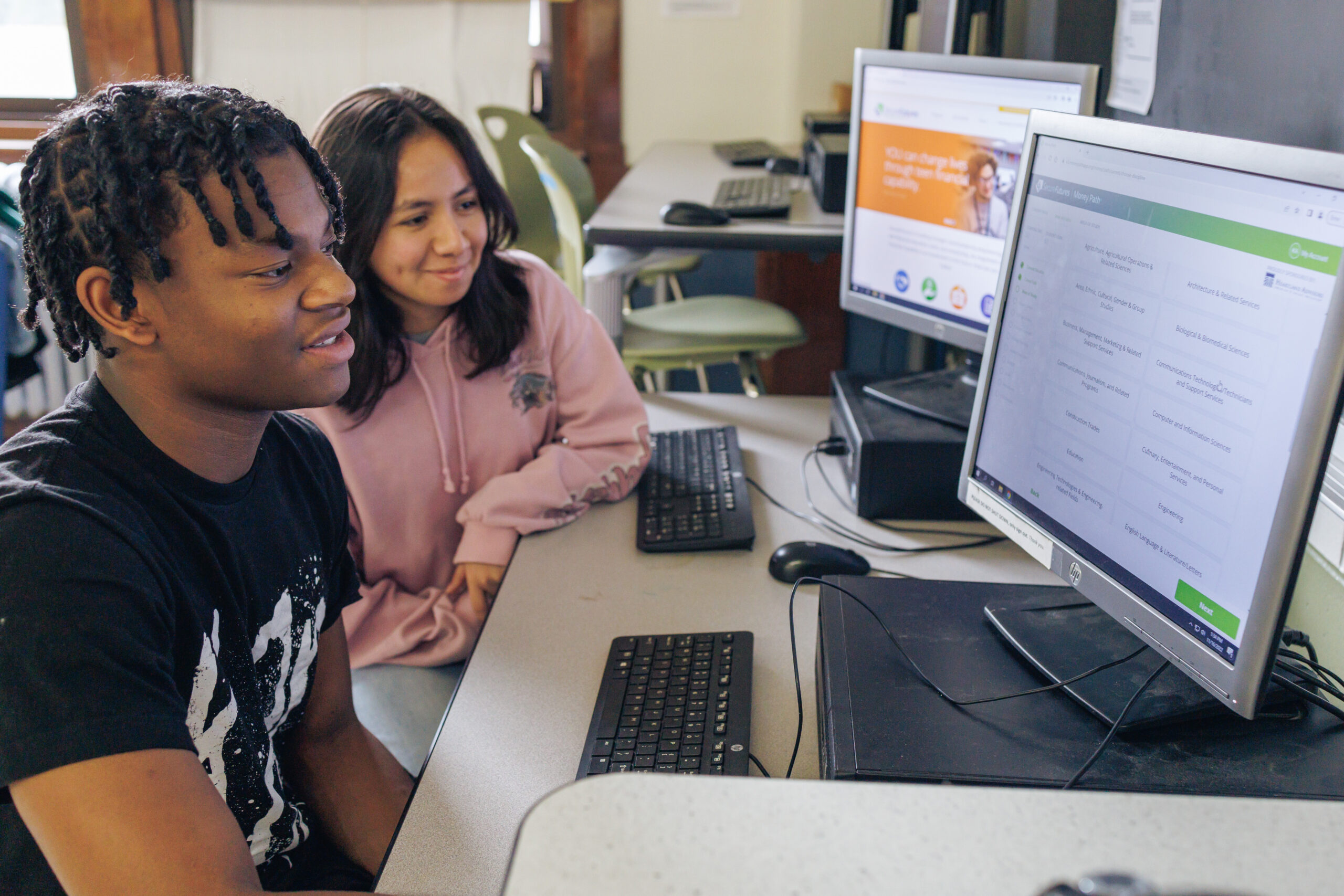Each year, millions of students leave money on the table simply because they don’t complete the Free Application for Federal Student Aid (FAFSA). The high school class of 2023 alone missed out on more than $4 billion in Pell Grants—funds that don’t have to be repaid. For students from under-resourced communities, this gap in financial aid can widen the opportunity gap, leading to more student debt or even preventing students from attending college altogether.
Filling out the FAFSA is a critical step in securing financial aid for college, career school, or trade programs. But before students ever reach that point, they need a plan. That’s where Money Path comes in. This powerful, no-cost app helps students map out their post-high school journey, ensuring they make informed financial choices well before they ever log into the FAFSA portal.
Why planning before completing the FAFSA matters
The FAFSA is an essential tool for unlocking financial aid, but it doesn’t answer the bigger question: How much will I actually need for my education, and what options make the most sense for my future? Money Path helps students explore these answers early, making the FAFSA process smoother and more strategic.
With Money Path, students can:
- Compare the cost of in-state vs. out-of-state schools, two-year vs. four-year programs, and even trade schools.
- See how different career paths impact their future salary and student loan repayment.
- Factor in living expenses, scholarships, and family contributions to create a full financial picture.
- Adjust their plan over time, ensuring they stay on track each year when completing the FAFSA.
Five steps to a FAFSA-ready future
- Create a StudentAid.gov account
Students and their parents (if dependent) will need to create an FSA ID before filling out the FAFSA. This step can take a few days, so it’s best to start early. - Gather financial information
Students will need tax returns, W-2s, and other financial documents. Money Path can help estimate their financial aid eligibility based on family income. - Make a list of schools
Encourage students to list all schools they’re considering on the FAFSA, even if they haven’t applied yet. Money Path helps narrow choices by comparing tuition, cost of living, and potential student loan needs. - Understand parent demographics
Dependent students must provide demographic information for their parents, including stepparents in certain situations. - Avoid common mistakes
Leaving fields blank, using incorrect numbers, or forgetting to sign the form can delay aid. Money Path helps students prepare in advance, reducing errors and maximizing their financial aid potential.
Money Path: The first step to a strong financial future
Financial planning shouldn’t start with the FAFSA—it should start with a clear understanding of what education and career choices will mean for a student’s financial future. Money Path empowers students to make confident, informed decisions about their next steps so that by the time they fill out the FAFSA, they already know what they need and why.
Before the FAFSA, there’s Money Path.
Bring this essential tool to your school at no cost or schedule a 15-minute live demo today!
